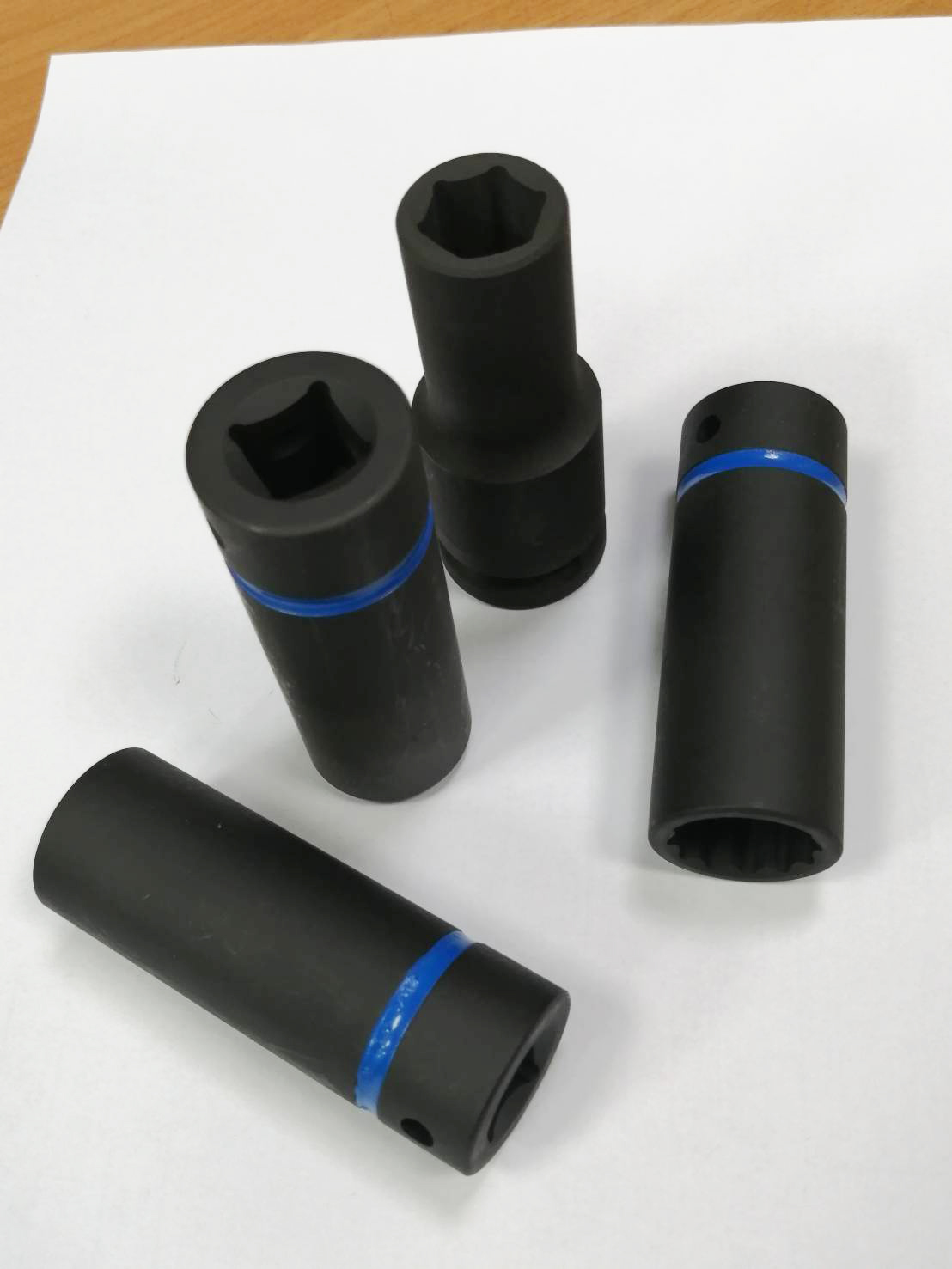
What is manganese phosphate film surface treatment
Manganese phosphate coating is a metal surface treatment method commonly used for steel and other metal materials. Its primary purpose is to enhance the metal surface's corrosion resistance, wear resistance, and anti-corrosion properties. This treatment involves immersing the metal in a manganese phosphate solution to deposit a layer of manganese phosphate salt on the metal surface, forming a protective coating.
The surface treatment process consists of the following steps:
-
Cleaning: First, the metal surface is thoroughly cleaned to remove any surface dirt, grease, or oxides.
-
Pre-treatment: Next, the metal undergoes pre-treatment, usually by immersion in an acidic solution. This helps remove deeper impurities and oxides while also increasing the surface roughness, which facilitates the subsequent manganese phosphate deposition.
-
Manganese phosphate deposition: The metal is immersed in a solution containing manganese phosphate, and a chemical reaction occurs over a certain period, resulting in the deposition of manganese phosphate salt on the metal surface.
-
Rinsing: After the treatment, the metal surface is rinsed to remove any excess manganese phosphate solution.
-
Subsequently, water rinsing and drying steps are carried out to firmly adhere the manganese phosphate coating to the metal surface.
This manganese phosphate surface treatment significantly improves the corrosion resistance of metal materials, making it particularly suitable for metal parts exposed to damp or corrosive environments, such as automotive components, building structures, and ships. It can also serve as a pre-treatment step for other surface treatment methods, enhancing overall surface treatment effectiveness.